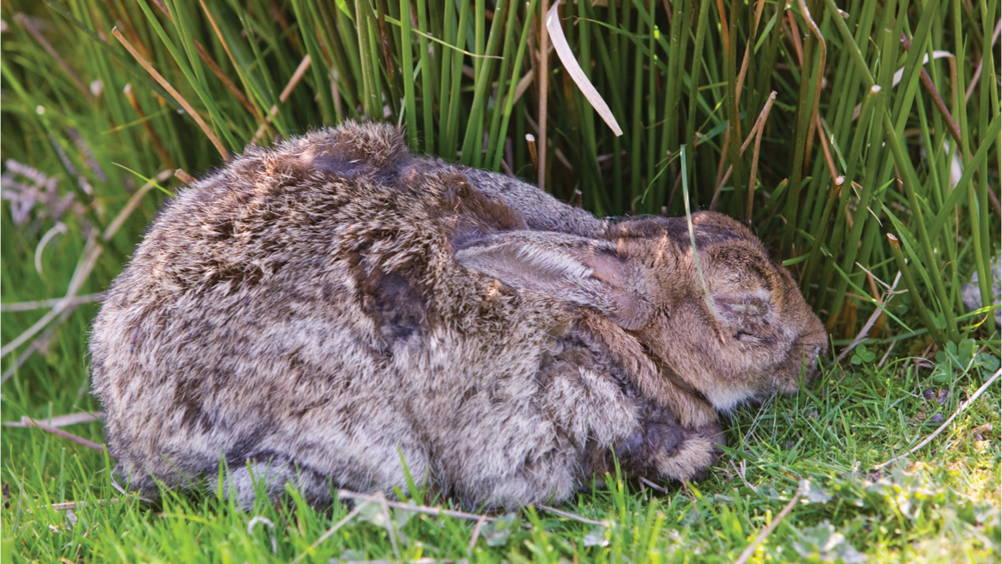References
An overview of rabbit diseases and their current vaccination protocols

Abstract
Rabbits have become a popular household pet, and it is important that veterinary professionals are able to educate pet owners on their healthcare needs, and in particular on up to date vaccination protocols. The main problematic viral diseases that rabbits can be vaccinated against are of rabbit viral haemorrhagic disease (RVHD) and myxomatosis. While the original strain of RVHD, a type of calicivirus, has been present in the UK for decades, a variant of this disease first reported in France in 2010 has become a concern for many veterinary professionals and pet owners.
In 2021 there were 900 000 pet rabbits living in the UK, and 2% of adults owned a rabbit (PDSA, 2021). According to the PAW report 2021, a higher proportion had been neutered and were insured in 2021, while the proportion that have received regular boosters had decreased when compared with pre-pandemic levels (PDSA, 2021) — 50% (450 000 rabbits) are not receiving regular boosters (higher than pre-pandemic levels — 42% in February 2020). There are a number of viral diseases against which rabbits should be vaccinated, including myxomatosis and rabbit viral haemorrhagic disease (RVHD).
Myxomatosis is a disease caused by the myxoma virus that was first recognised in a laboratory in 1896 where it killed European rabbits (Oryctolagus cuniculus). It was originally introduced to wild rabbits in Australia in the 1950s as a means of managing the growing populations that were considered a pest species, and eventually spread across Europe and by 1953 Britain, rapidly killing tens of millions of animals. Many people in agricultural business and forestry, welcomed the disease as a pest control on rabbit populations. But others such as those that hunted the species for meat and fur deplored the virus as it resulted in loss of income for their business (Bartrip, 2008).
Register now to continue reading
Thank you for visiting The Veterinary Nurse and reading some of our peer-reviewed content for veterinary professionals. To continue reading this article, please register today.

